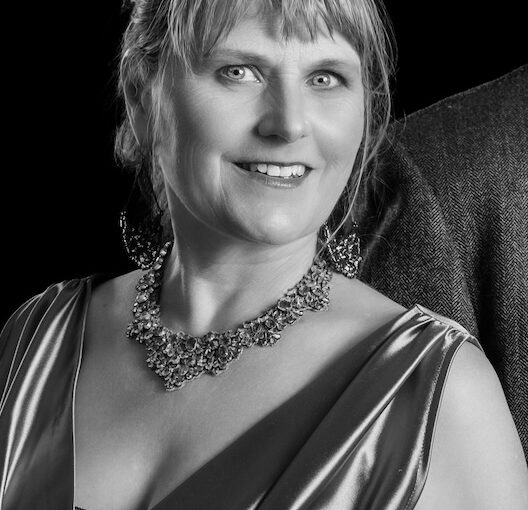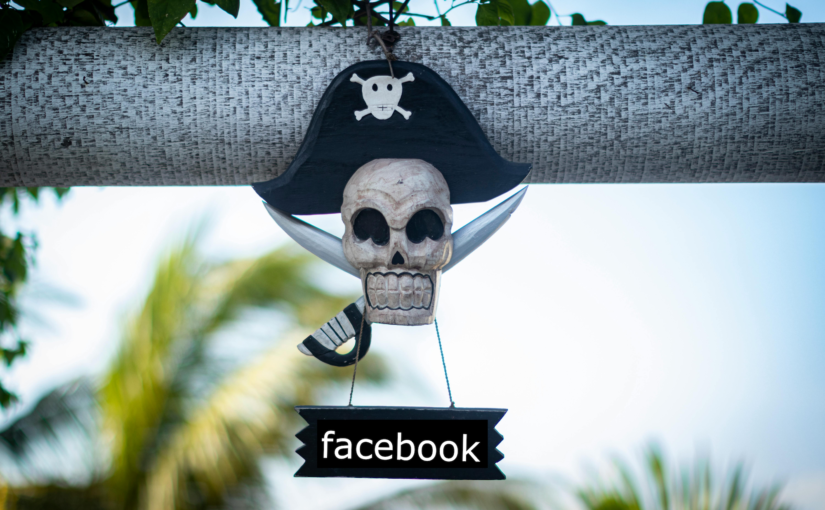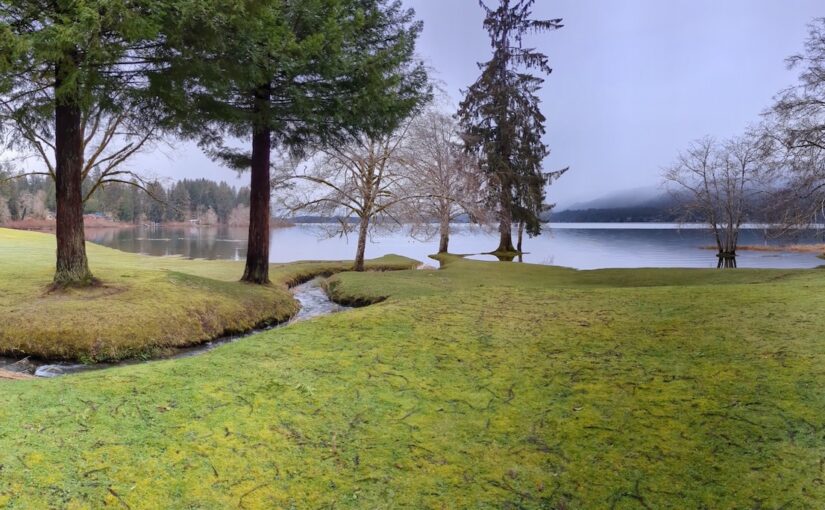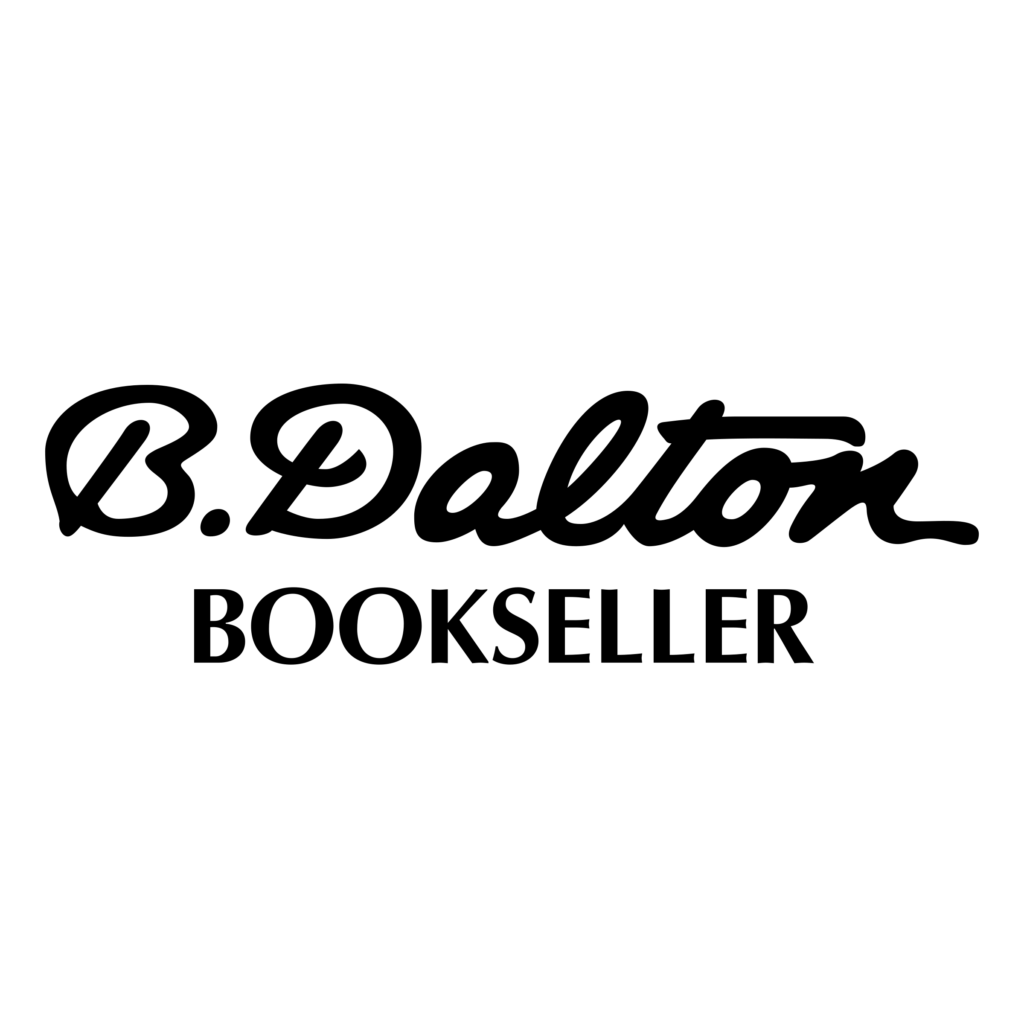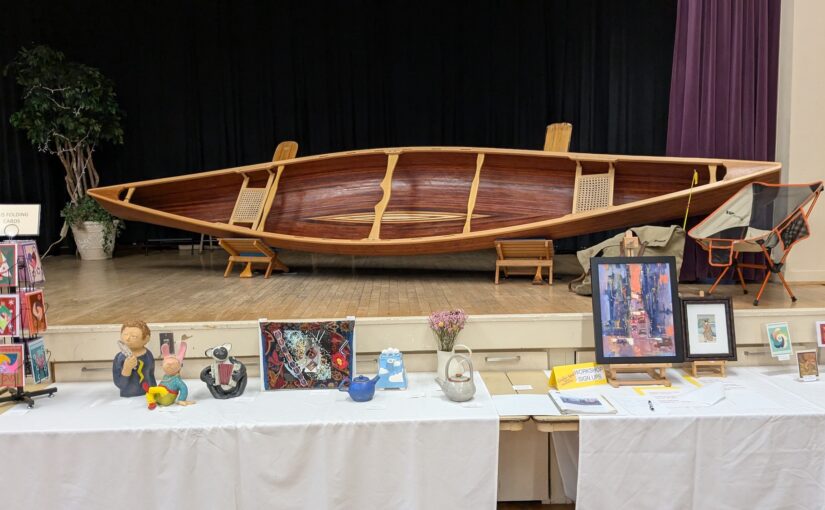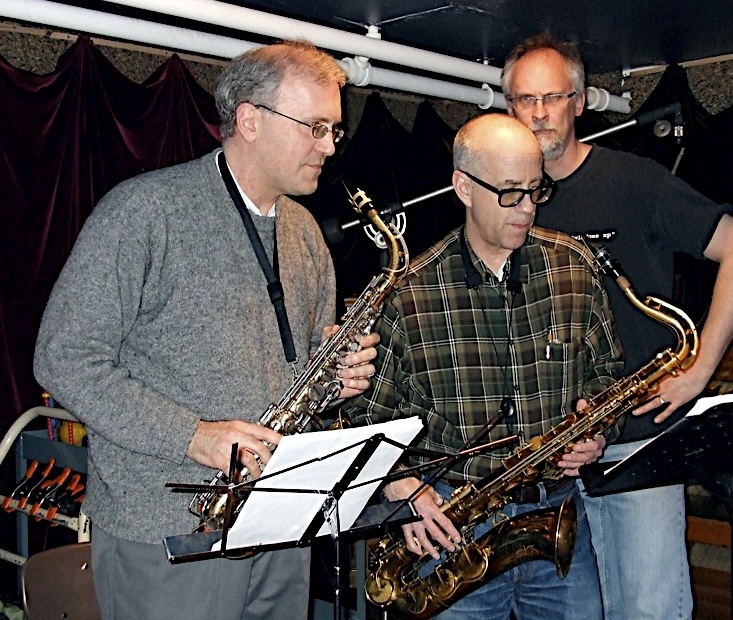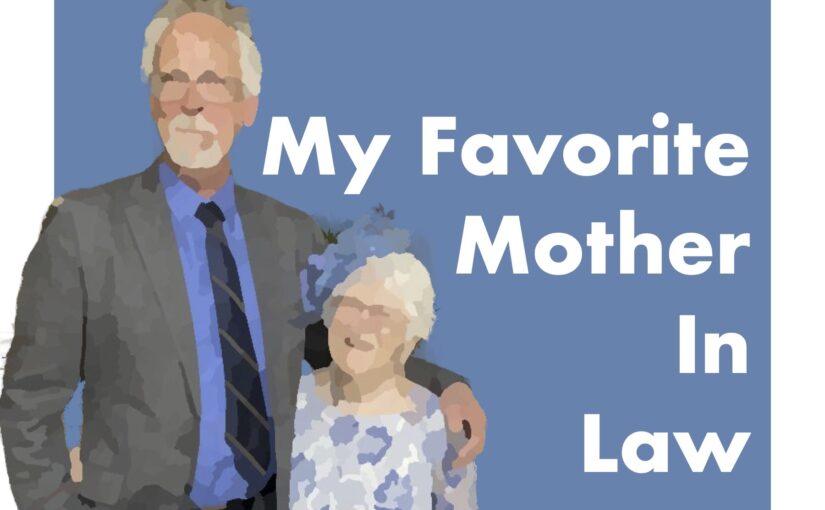I’m gearing up for our second appearance at NASO wine bar. If you missed our last show, we invited Maddy Ross to join us. “Us” as in Kathy James (Piano), Stu Fessant (sax), and myself (bass). Maddy couldn’t join us, so Nova Knutson stepped in and covered songs we all already knew. It was a leap into the jazz void, but it worked well.
We’ve always meant to feature Nova for our May performance, but with our previous “dress rehearsal” we are really excited about what we can accomplish. In preparation, I’ve done research on the suggested song list and can share some trivia you’ll find interesting.
Want to hear more?
Nova Knutson
with Kathy James, Stu Fessant, and Mark Niemann-Ross
May 21st
6-8 pm
No cover charge
NASO Wine Bar
1744 SE Hawthorne Blvd, Portland, OR 97214
Minors allowed

